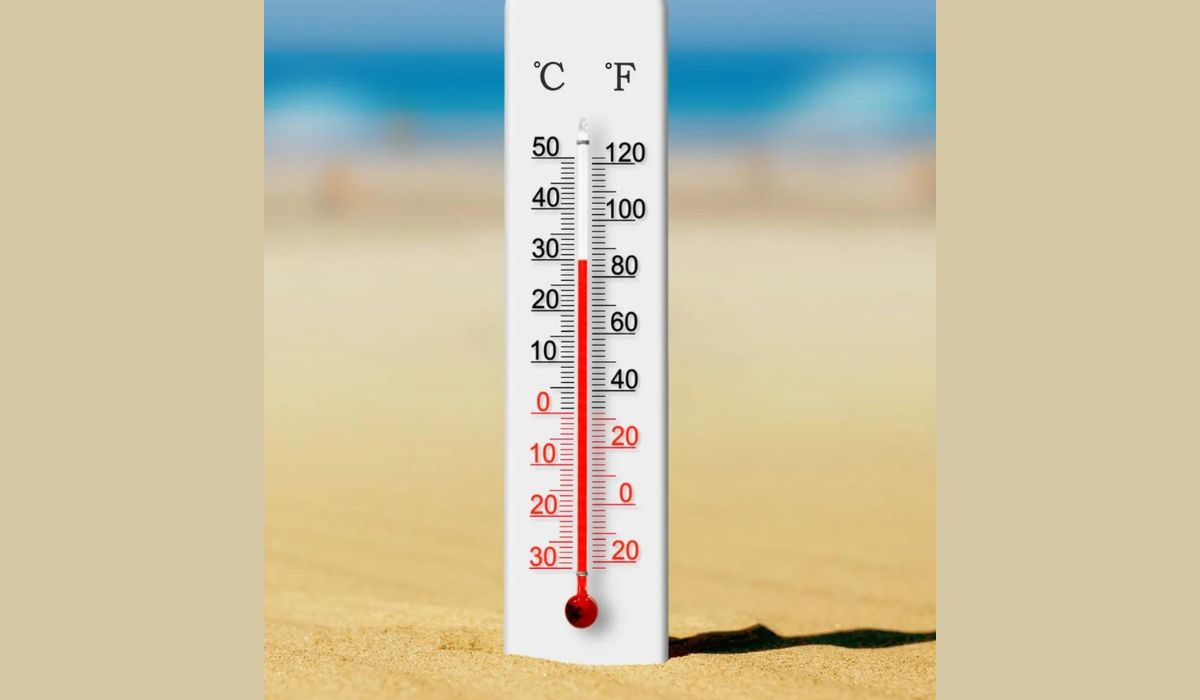Various geographical areas employ varying temperature measurement systems. The Celsius and Fahrenheit temperature scales are two of the most common. This article will explain how to convert 50 degrees Celsius to degrees Fahrenheit and discuss the advantages and disadvantages of adopting each system.
What is Celsius
The Celsius system is widely used all across the world, especially in Europe. It was devised in the 18th century by the Swedish astronomer Anders Celsius, hence the name. Under normal conditions of temperature and atmospheric pressure, water freezes at 0 degrees Celsius and boils at 100 degrees Celsius on the Celsius scale.
What is Fahrenheit
The Fahrenheit scale is another common method of measuring temperature, especially in the US and a few other nations. Daniel Gabriel Fahrenheit, a German physicist, invented it in the early 18th century. Under standard atmospheric pressure, the Fahrenheit scale places the freezing point of water at 32 degrees Fahrenheit, and the boiling point at 212 degrees Fahrenheit.
The Formula for Converting Celsius to Fahrenheit
Here’s the formula we use to go from Celsius to Fahrenheit:
mathematica
Put in code
°F = (°C × 9/5) + 32
Using this technique, we can determine the Fahrenheit equivalent of a temperature expressed in degrees Celsius.
Converting 50 Celsius to Fahrenheit
Using the formula, we can convert 50 °C to °F by substituting 50 for °C.
scss Code to Copy
°F = (50 × 9/5) + 32 = (90) + 32 = 122
So, 122 degrees Fahrenheit is equal to 50 degrees Celsius.
Why Use the Fahrenheit Scale
While most of the world now uses the Celsius temperature scale, several countries, most notably the United States, continue to utilize the Fahrenheit system. The Fahrenheit scale is preferred because it provides more precise readings for regular use. This level of detail is particularly helpful in weather forecasts and daily reporting, when a more nuanced understanding of temperature shifts is required.
Why Use the Celsius Scale
Based on the characteristics of water, the Celsius scale gives a rational and readily understandable temperature reference. Its precise freezing and boiling points make it useful in laboratory settings, manufacturing settings, and for international benchmarking.
The following table serves as a fast guide for converting temperatures:
Conversion: Celsius to Fahrenheit
Celsius (°C) 0 10 20 30 40 50 60 70 80 90 100
Fahrenheit (°F) 32 50 68 86 104 122 140 158 176 194 212
Conclusion
Knowing how to convert between Celsius and Fahrenheit is an important skill to have, especially when traveling internationally or dealing with other measuring systems. In this post, we converted 50 degrees Celsius to degrees Fahrenheit and delved into the history of the Celsius and Fahrenheit temperature scales. Accurately interpreting and comparing temperatures from various places requires familiarity with these scales.











